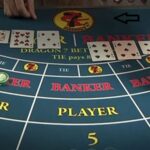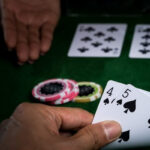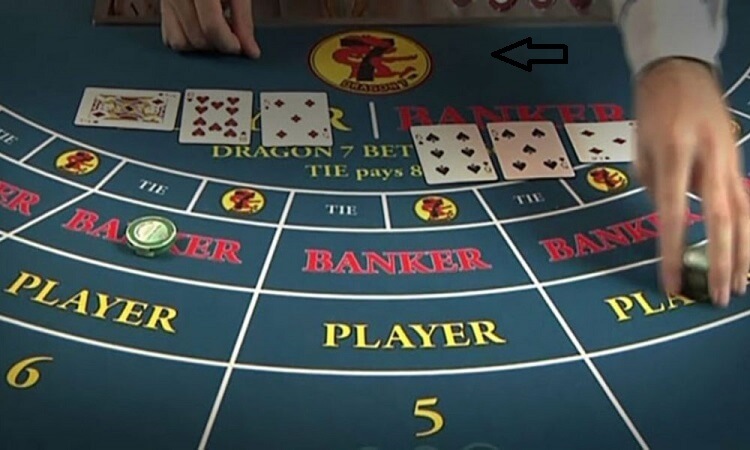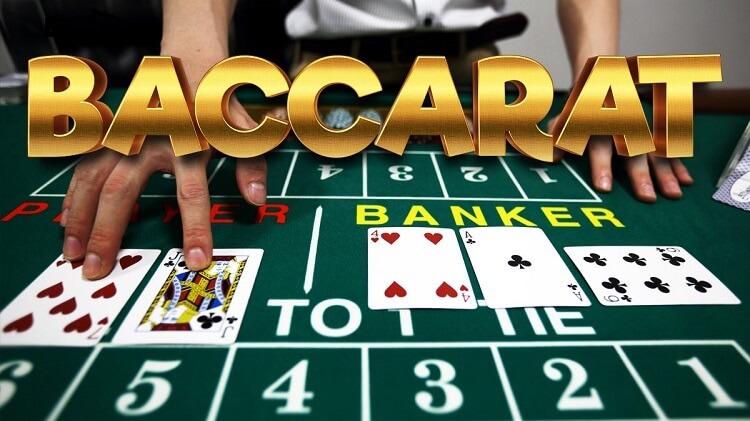-
What is Flat Betting in Baccarat?
If you are looking for a way to win at baccarat then you may want […]
-
What Are the Odds of Baccarat?
If you are looking to learn more about the odds of baccarat, you are in […]
-
Why Does Banker Have Edge in Baccarat?
There are a few things that you need to keep in mind when playing baccarat. […]








